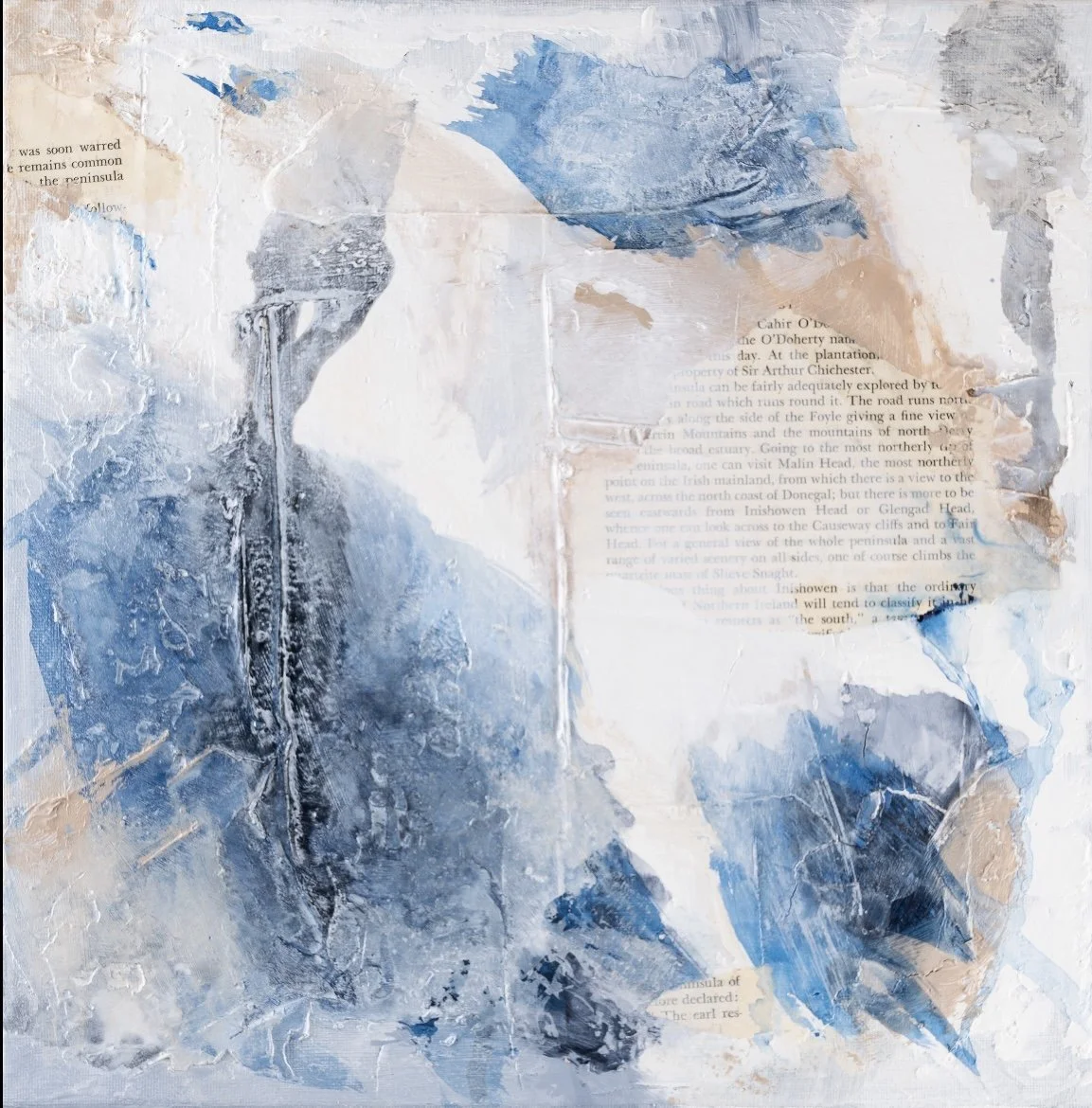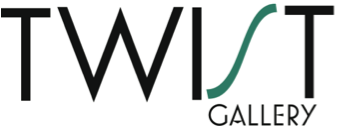During the late 1930s, as WW2 was impending, many European artists that practiced surrealism had migrated to the United States. During this time, the surrealists’ drive to create art that examined an undermining reality-based human consciousness, in addition to the anxiety and trauma experienced through the world wars, had caused artists to value art as an expression of the self and chaos within the subconscious. After the war, when the United States found itself in a time of economic despair and cultural identity crisis, abstract expressionism became America’s first real contribution to the international modern art world and lead to the eventual dominance that came along with it.
Three Approaches to Abstract Expressionism
Action Painting
Action painting is characterized by random, loose, rapid and sometimes forceful handling of paint by brushstroke or techniques partially controlled by chance such as dripping or spilling paint onto the canvas. This style was most commonly used by painters Jackson Pollock, Franz Kline, and Willem de Cooning.
Abstract Impressionism
Abstract impressionism is seen as a middle ground between imitation and expressionism. This style can be described as more structured than action art but still very abstract in terms of shapes and techniques used. This style was popularized by artists Philip Guston, Helen Frankenthaler, Robert Motherwell, and Adolph Gottlieb.











